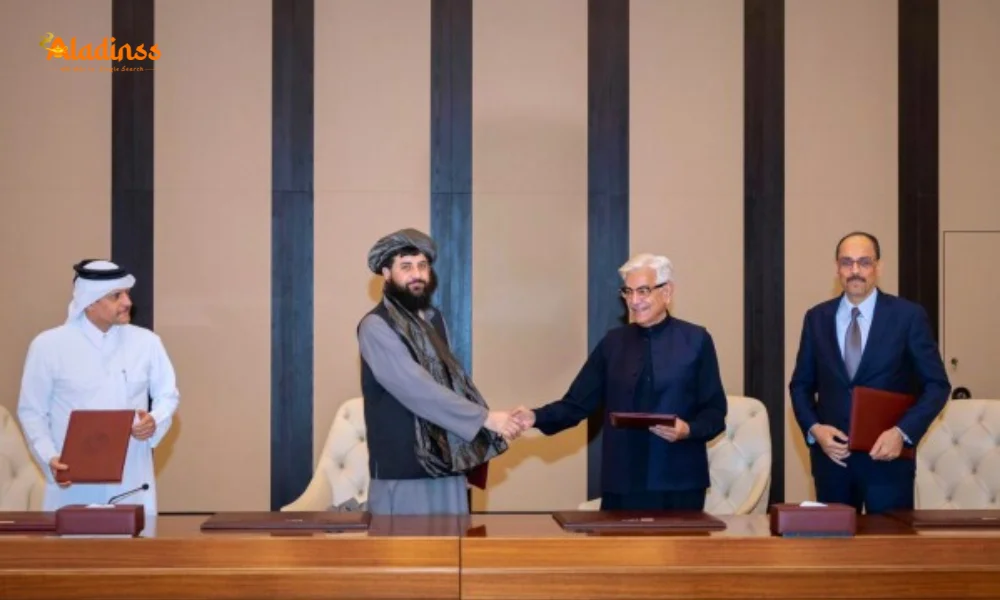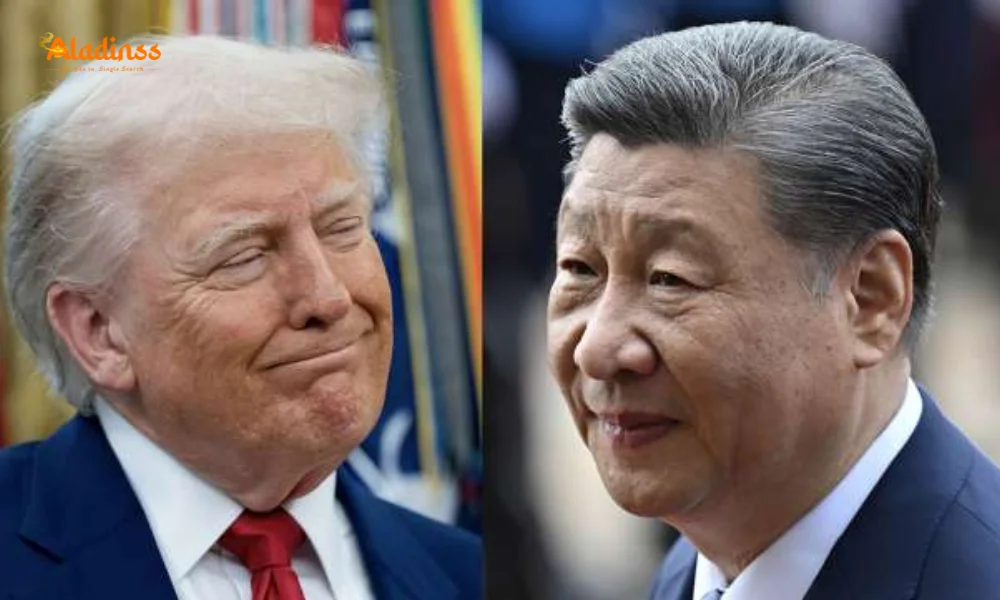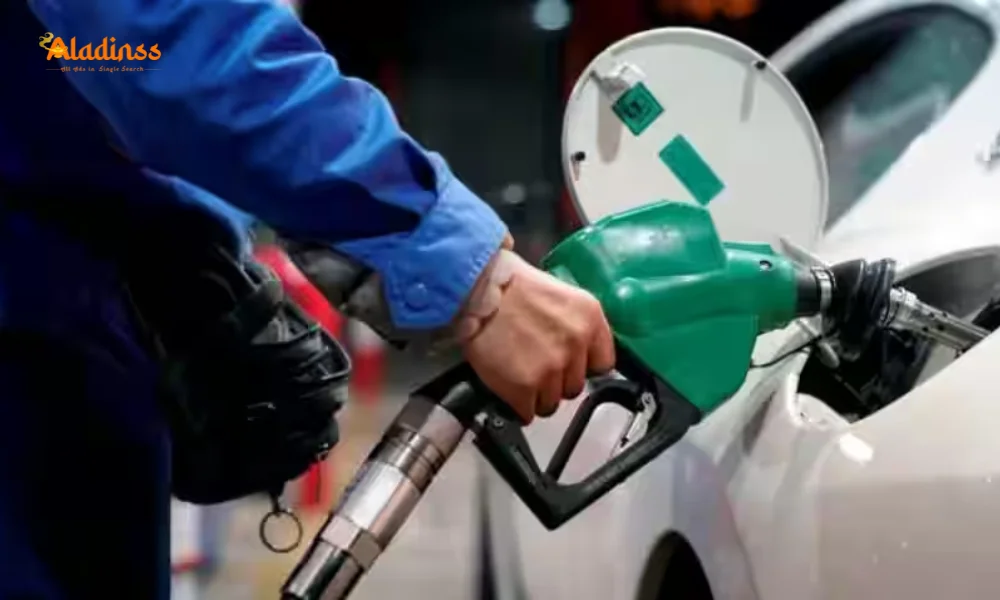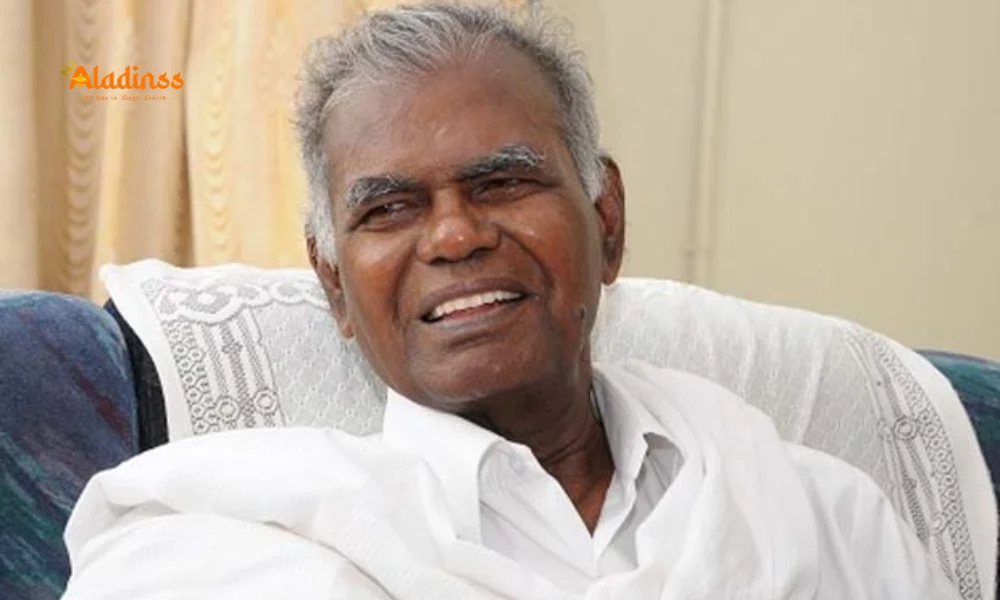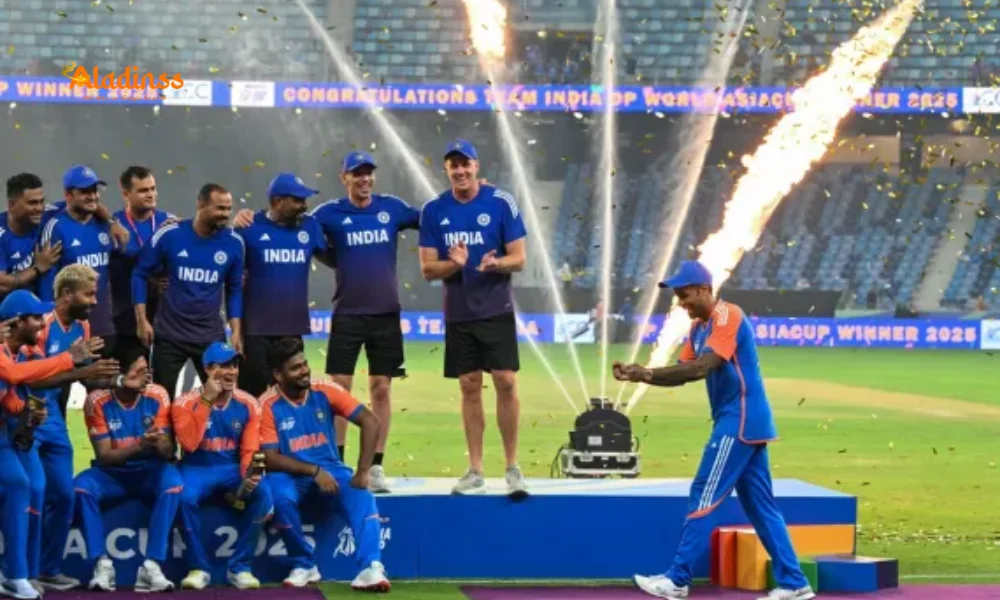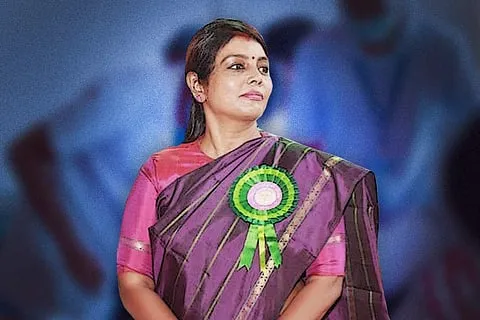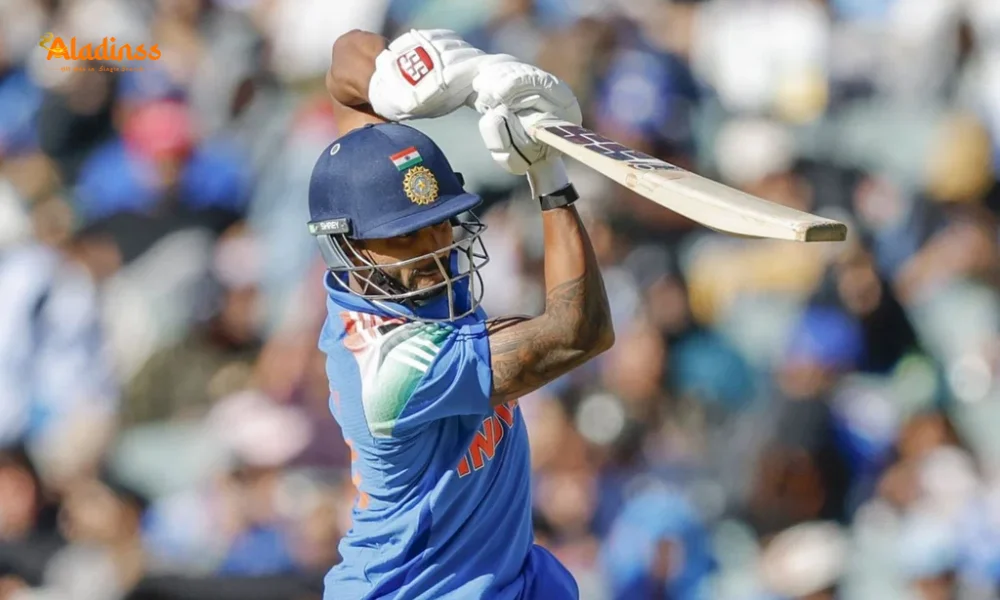India Issues Advisory for Nationals Amid Nepal Protests Over Social Media Ban
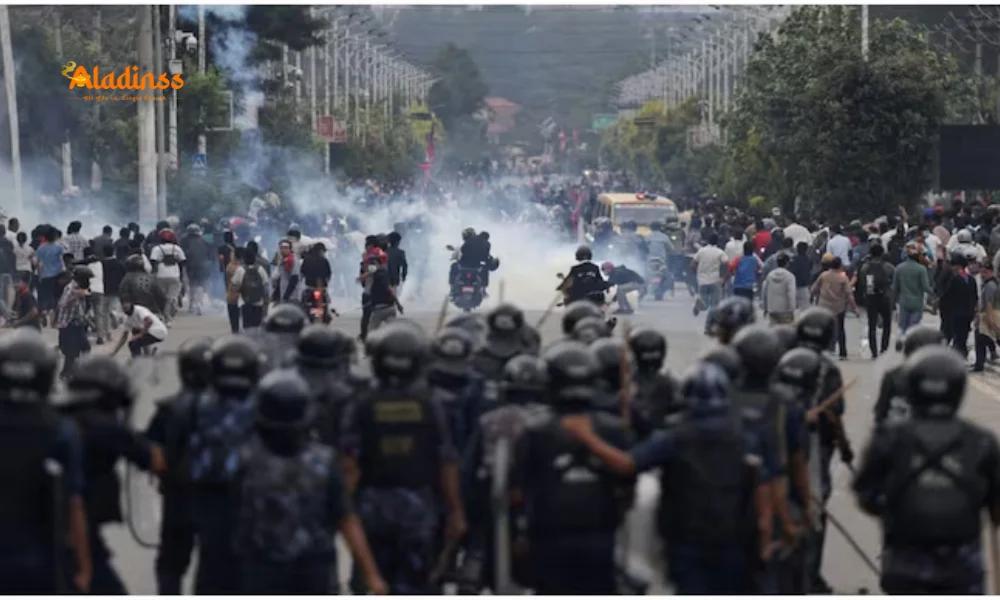
India Issues Advisory for Nationals Amid Nepal Protests Over Social Media Ban
On September 9, 2025, India issued an urgent advisory for its nationals in Nepal, urging them to exercise caution due to ongoing protests and tensions sparked by a controversial social media ban in the Himalayan nation. The advisory comes in the wake of violent demonstrations in Kathmandu and other cities, which resulted in at least 19 deaths and over 300 injuries. The protests, primarily led by Nepal’s Gen Z, erupted after the government banned 26 social media platforms, including Facebook and X, for failing to register with local authorities. This article explores the context of India’s advisory, the reasons behind Nepal’s unrest, and the broader implications for bilateral relations.
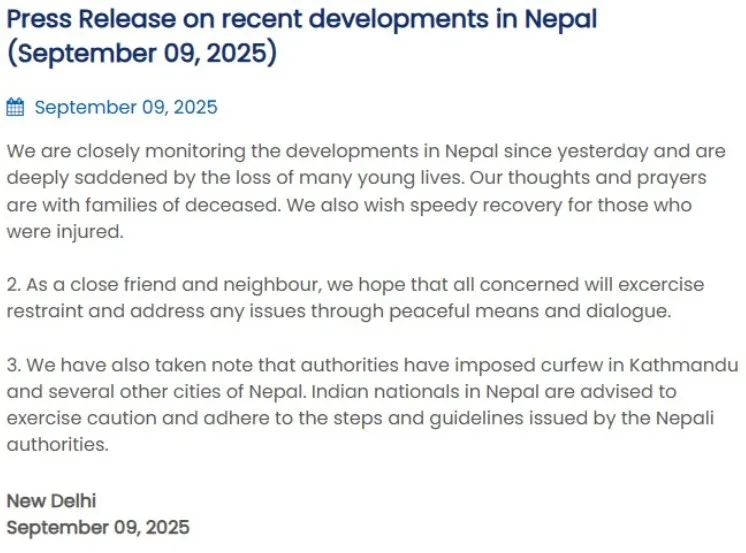
India’s Advisory: Key Details
The Indian Ministry of External Affairs (MEA) released an official statement on Tuesday, expressing concern over the volatile situation in Nepal. The ministry emphasized that it is closely monitoring developments, particularly since the protests began on September 8, 2025. The advisory urged Indian nationals in Nepal to remain vigilant and adhere strictly to the guidelines issued by Nepali authorities, especially in light of curfews imposed in Kathmandu and several other cities.
“We are deeply saddened by the loss of many young lives,” the MEA statement read, extending condolences to the families of the deceased and wishing a speedy recovery to those injured. The ministry underscored India’s role as a “close friend and neighbor,” advocating for restraint and peaceful dialogue to resolve the crisis. The advisory specifically noted the curfew in Kathmandu, advising Indian citizens to avoid large gatherings and follow local regulations to ensure their safety.
The Spark: Nepal’s Social Media Ban
The unrest in Nepal was triggered by the government’s decision on September 4, 2025, to ban 26 social media platforms, including major sites like Facebook, X, WhatsApp, and YouTube, for failing to comply with registration requirements mandated by the Ministry of Communications and Information Technology. The ban, enforced after a Supreme Court order, was intended to regulate online platforms and curb issues like hate speech and cybercrime. However, it was met with widespread backlash, particularly from Nepal’s youth, who viewed it as an attempt to suppress free speech and dissent.
The protests, led by the Gen Z demographic, escalated on September 8, 2025, with thousands gathering in front of Nepal’s Parliament in Kathmandu. Demonstrators, many in school uniforms, carried placards with slogans like “Shut down corruption, not social media” and “Youths against corruption,” highlighting broader frustrations with government corruption and authoritarianism. The situation turned deadly when some protesters breached the Parliament complex, prompting police to respond with water cannons, tear gas, and live ammunition, resulting in significant casualties.
Nepal’s Response: Lifting the Ban
Facing mounting pressure, the Nepalese government reversed its decision late on September 8, 2025, following an emergency Cabinet meeting. Minister for Communication, Information and Broadcasting Prithvi Subba Gurung announced that the ban on social media platforms would be lifted, with instructions issued to restore access to all 26 affected sites. Gurung appealed to the protesting Gen Z group to suspend their demonstrations, promising relief for the families of those killed and free medical treatment for the injured. A judicial committee was also formed to investigate the violent clashes, with a report expected within 15 days.
The decision to lift the ban was seen as a significant victory for the protesters, who had mobilized effectively despite the digital blackout. Using alternative platforms like TikTok and VPNs, Nepal’s youth coordinated their efforts, demonstrating resilience and ingenuity. The protests, however, continued into September 9, 2025, with condolence meetings held for those killed, indicating that underlying grievances about corruption and governance remain unresolved.
Impact on Indian Nationals in Nepal
India’s advisory reflects the significant presence of Indian nationals in Nepal, a country with deep cultural and economic ties to India. Many Indians reside in Nepal for business, education, or tourism, and the unrest has raised concerns about their safety. The curfew in Kathmandu, extended indefinitely from 8:30 a.m. on September 9, 2025, has restricted movement, prompting India to emphasize compliance with local regulations. The advisory also aligns with heightened security measures along the 1,751-km India-Nepal border, where the Sashastra Seema Bal (SSB) has increased patrolling and drone surveillance to prevent any spillover of unrest.
The Indian government’s call for peaceful dialogue underscores its diplomatic approach, balancing concern for its citizens with respect for Nepal’s sovereignty. The advisory serves as a reminder for Indian nationals to stay informed through official channels and avoid protest zones, particularly in cities like Kathmandu, Pokhara, and Bhairahawa, where demonstrations have been most intense.
Broader Context of the Protests
While the social media ban was the immediate trigger, the protests in Nepal reflect deeper dissatisfaction with the government led by Prime Minister K.P. Sharma Oli. Demonstrators, particularly from the Gen Z cohort, have voiced frustration over systemic corruption, nepotism, and authoritarian tendencies. Social media platforms, with an estimated 13.5 million Facebook users and 3.6 million Instagram users in Nepal, are critical for communication, business, and activism, making the ban a flashpoint for broader grievances.
The protests also saw significant resignations, with Nepal’s Home Minister Ramesh Lekhak and Agriculture Minister Ramnath Adhikari stepping down, citing moral responsibility for the violence. The deployment of the Nepal Army to enforce law and order further escalated tensions, with reports of indiscriminate police firing drawing condemnation from organizations like Amnesty International and the United Nations. These developments highlight the challenges facing Nepal’s democracy and the government’s struggle to address youth-led demands for accountability.
India-Nepal Relations in Focus
India’s advisory underscores the close ties between the two nations, bound by geography, culture, and history. As Nepal’s largest trading partner and a key ally, India has a vested interest in the stability of its neighbor. The protests and the subsequent lifting of the social media ban have implications for bilateral relations, particularly as Nepal navigates its internal political dynamics. India’s call for dialogue reflects its diplomatic strategy of promoting peace while safeguarding its citizens abroad.
The unrest has also prompted India to strengthen border security, with districts in Uttar Pradesh like Balrampur and Bahraich on high alert. This preventive measure aims to ensure that the violence does not spill over into Indian territory, maintaining the delicate balance of open borders and friendly relations. The advisory serves as a proactive step to protect Indian nationals while reinforcing India’s commitment to supporting Nepal through dialogue and restraint.
Global Reactions and Human Rights Concerns
The violent crackdown on protesters has drawn international attention, with the United Nations and Amnesty International calling for an independent investigation into the use of lethal force. UN Resident Coordinator Hanaa Singer-Hamdy described the situation as “so unlike Nepal,” urging all parties to prioritize civilian safety and human rights. The Committee to Protect Journalists warned that the social media ban sets a “dangerous precedent” for press freedom, amplifying concerns about Nepal’s regulatory overreach.
The protests, while centered on the social media ban, have evolved into a broader movement against corruption and governance failures. Videos contrasting the struggles of ordinary Nepalis with the lavish lifestyles of politicians’ families have gone viral on platforms like TikTok, fueling public anger. The government’s decision to lift the ban may temporarily ease tensions, but the underlying issues of corruption and youth disenfranchisement continue to challenge Nepal’s political stability.
Comment / Reply From
No comments yet. Be the first to comment!

